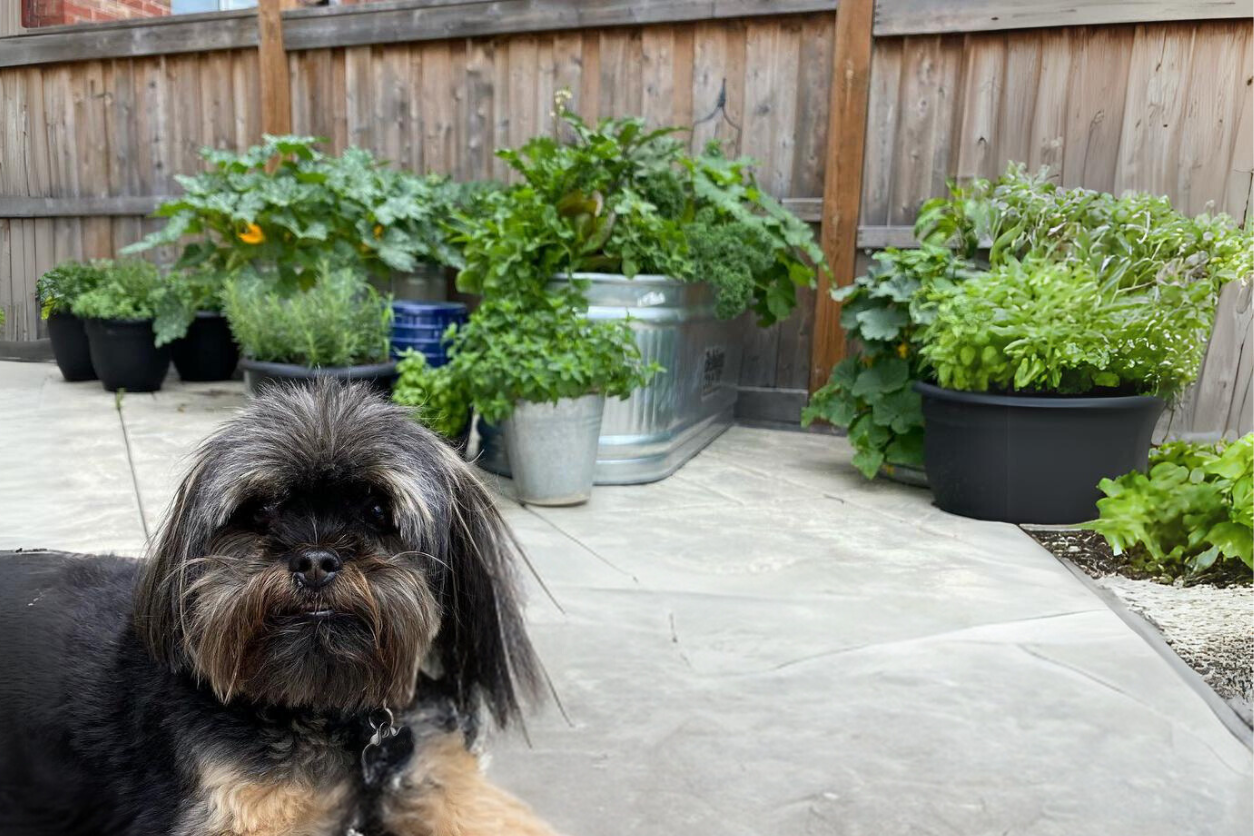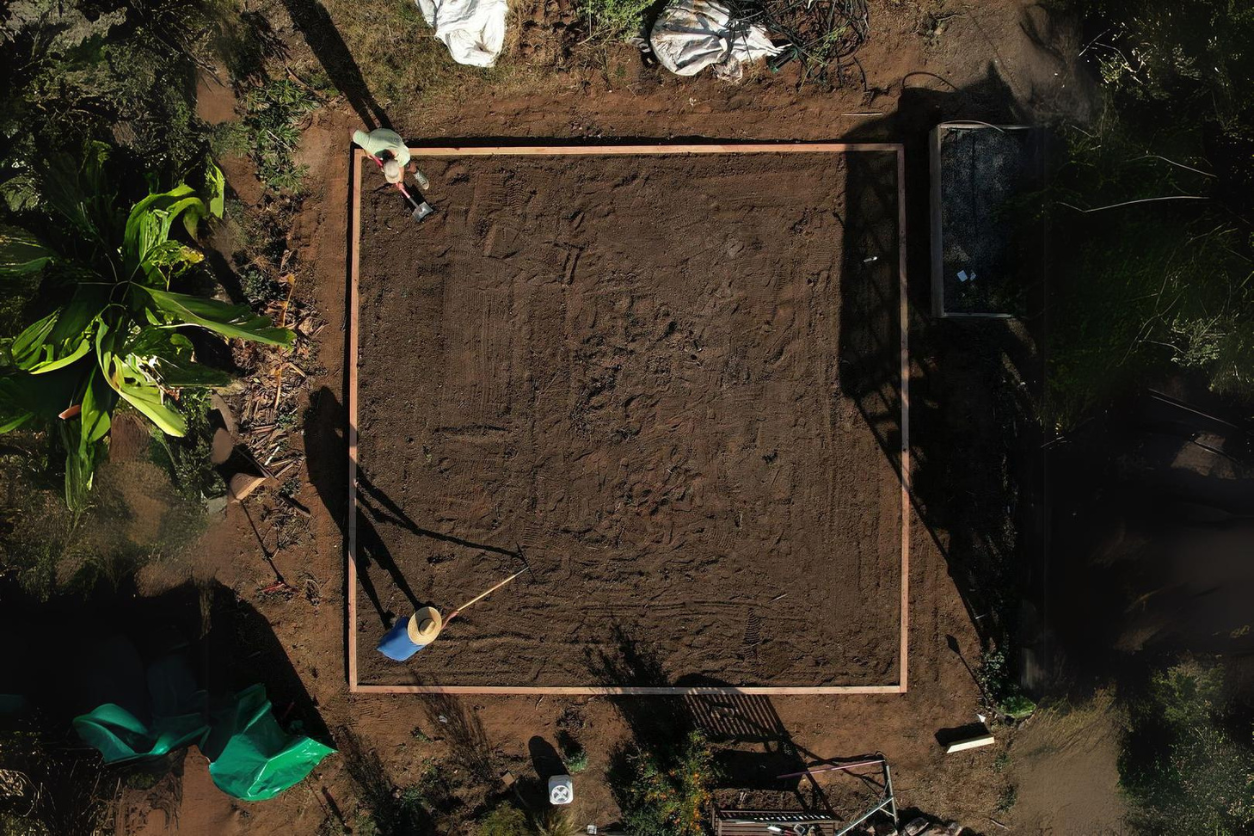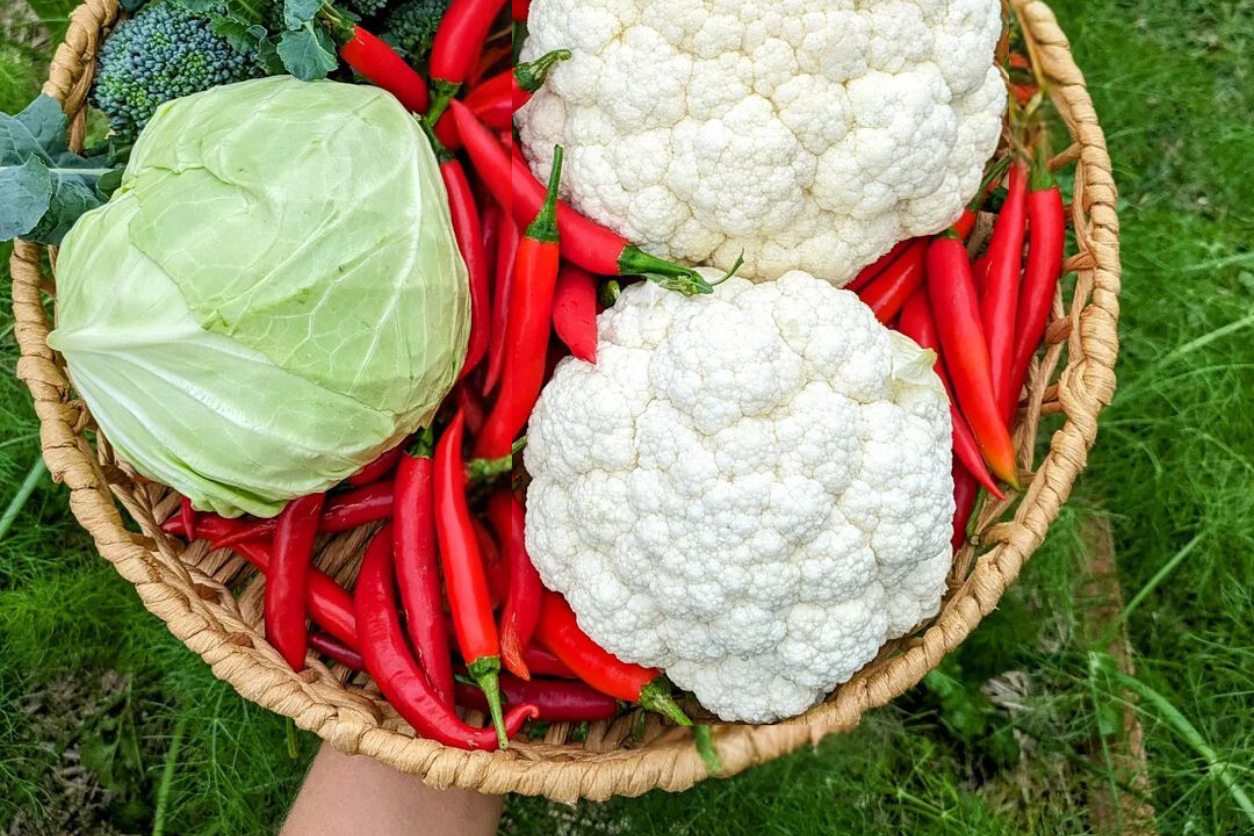How to Grow Your Own Vegetable Garden

Imagine stepping out your back door to pick fresh tomatoes, crisp cucumbers, and fragrant herbs, knowing exactly how they were grown and that they’re as fresh as it gets.
Growing your own produce is not just about the food, though that’s certainly a big part of it; it’s also about the connection you cultivate with nature, the therapeutic escape from everyday life, and the pride that comes with nurturing something from a tiny seed into a full-fledged plant. But if you’ve never planted so much as a basil leaf before, there’s quite a bit of homework you need to do before you start growing your own vegetable garden.
Related: Here’s What to Plant in August
Figure Out Where You Want to Set up Your Vegetable Garden
I used to think you needed a huge plot of land to grow enough veggies to make it worthwhile. Like, why bother with a tiny garden? But the truth is that even a modest patch can yield impressive results if you give your plants what they need.

Sunlight is the most critical factor here. Vegetables need at least six to eight hours of direct sunlight each day to thrive. If you’re not sure how much sun your garden will get, spend a few days observing your potential spots to see where the sun lingers longest.
Soil quality is next on the list. Good soil should be rich, well-drained, and teeming with organic matter. If your soil feels heavy or clay-like, you might want to consider raised beds, which allow you to control the soil composition more easily. Plus, raised beds warm up faster in the spring, extending your growing season. Adding compost to your soil—whether in a raised bed or directly in the ground—can make a world of difference, providing the nutrients your plants need to grow strong and healthy.
And don’t overlook water access. While you might be tempted to tuck your garden into a cozy corner of the yard, make sure it’s close enough to a water source. Lugging heavy watering cans across the yard can get old fast, and an easy-to-reach hose can make the difference between a well-tended garden and one that gets neglected in the heat of summer.
Deciding What to Plant
Once you’ve selected your site, it’s time to think about what you want to grow in your vegetable garden. The key here is to start with vegetables you actually enjoy eating—there’s little point in growing a crop you won’t end up using. But beyond personal preference, consider your local climate and growing season. Some vegetables, like tomatoes and peppers, love the heat and need a long growing season, while others, like lettuce and peas, prefer cooler weather and can be planted earlier in the spring or later in the fall.
It’s also helpful to group plants by their growing conditions. For instance, tomatoes, basil, and peppers all thrive in warm, sunny spots, while leafy greens like spinach and kale can tolerate a bit more shade. If you’re feeling ambitious, you might even want to try succession planting—this involves planting a quick-growing crop like radishes in the same space where you’ll later plant a slower-growing crop like carrots, allowing you to maximize your garden’s productivity.
And don’t forget about the space requirements of each plant. Some vegetables, like zucchini, can sprawl and take over a garden bed if not managed carefully. Knowing how much space each plant needs will help you avoid overcrowding. If your plants start overcrowding, they become susceptible to pests, diseases and poor growth.
Prepping the Soil
Now that you’ve planned what to grow and where to grow it, it’s time to prepare the soil. Start by clearing your garden area of any weeds, rocks, or debris that could interfere with your plants’ growth. If you’re using a raised bed, fill it with a mixture of good-quality garden soil and compost. If you’re planting directly in the ground, loosen the soil to a depth of about 12 inches. Incorporate compost as you go to improve the soil structure and fertility.
When it comes to planting, timing is everything. Follow the instructions on your seed packets or plant labels to know when and how deep to plant the seed or seedling. Generally speaking, it’s best to wait until the danger of frost has passed before planting warm-season crops like tomatoes and peppers. Cool-season crops like lettuce and peas can often be planted as soon as the soil is workable in early spring.
As you plant, remember to give each plant the space it needs to grow. It can be tempting to cram as many plants as possible into a small area. However, overcrowding can lead to competition for nutrients, water, and light. This results in weaker plants and lower yields.
Proper spacing also allows for better air circulation, which can help prevent fungal diseases.
Caring for Your Vegetable Garden
Once your vegetable garden is planted, the real fun—and the real work—begins.
Regular watering is crucial, especially during dry spells or when your plants are in their early stages of growth. Water deeply once or twice a week rather than giving your garden a light sprinkle every day. Deep watering encourages roots to grow deeper into the soil, making your plants more drought-resistant. Early mornings are best for watering to give the plants time to absorb the moisture before the heat of the day sets in.
Mulching is another important step in maintaining your vegetable garden. A layer of organic mulch, such as straw, wood chips, or grass clippings, can help retain soil moisture, suppress weeds, and regulate soil temperature. As the mulch breaks down, it also adds nutrients to the soil, further benefiting your plants.
Weeds compete with your vegetables for water, light, and nutrients, so it’s important to remove them as soon as they appear. Pull them by hand or use a hoe to cut them off at the soil line. You can also spray the weeds with weed killer, though you should ensure the safety of the ingredients for yourself and your plants. Mulching can also help reduce the number of weeds that sprout, but it’s unlikely to eliminate them entirely.
Lastly, keep an eye out for pests and diseases. It’s normal to encounter a few bugs or some leaf spots in your vegetable garden. But catching problems early can prevent them from spreading. Regularly inspect your plants for signs of trouble, and use natural remedies like neem oil or insecticidal soap if needed. In some cases, applying pesticide with an outdoor fogger may be necessary.
Companion planting—growing certain plants together to repel pests or attract beneficial insects—can also be an effective strategy for keeping your garden healthy.
Harvesting and Enjoying Your Bounty

There’s nothing quite like the satisfaction of harvesting the fruits (or vegetables) of your labor. Knowing when to harvest each crop is key to enjoying the best flavor and texture. For example, tomatoes are at their peak when they’re fully colored and slightly soft to the touch. Cucumbers, on the other hand, should be picked when they’re firm and before they become too large and seedy. Leafy greens like lettuce and spinach can be harvested by cutting the outer leaves as needed, allowing the plants to continue producing.
Harvesting regularly not only ensures you get the best-tasting produce but also encourages your plants to keep producing. Vegetables like beans and zucchini will continue to produce as long as you keep picking them. So don’t be shy about gathering your bounty.
Once you’ve brought your fresh produce into the kitchen, the possibilities are endless! From simple salads to elaborate meals, the flavors of homegrown vegetables are really elevated. And there’s something rewarding about knowing that the food on your plate came from your own backyard, nurtured by your own hands.